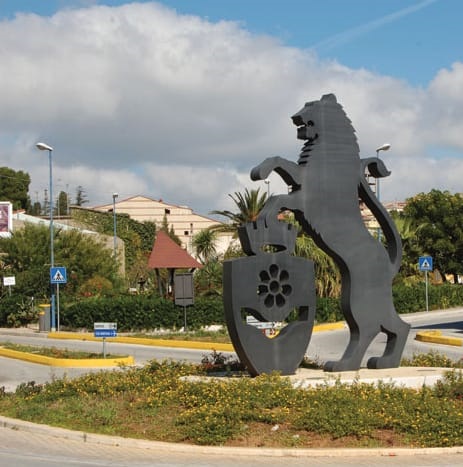The culture of the handmade fabric has invaded the Blue Jeans revolution at the fashion week in Milan and, during the three days of the Denim Boulevard, Ilario Tartaglia brought out his authentic wooden looms and fabricated true denim by hand in front of an ecstatic audience.
Denim Boulevard is a three days event, which involves companies from around the world who celebrate this timeless fabric worn for over 150 years and now, by many generations. The event runs in the Jeans’ museum, photographic exhibitions and various workshops. The purpose of the event is to let the public know the "hidden side" of a pair of blue jeans, that is all that lies behind the creation of the final product, through wandering through the history and the various stages of processing.
The first example of the famous trousers was from a miner born in 1873 when Levi Strauss created them from the tarpaulin of a wagon, but the original jeans actually come from Genoa. A few decades earlier, the ingenious sailors of Genoa had done the same with a bluish cloth (perhaps Italian moleskin) used to pack the sails of the ships in bags and to cover goods in the port.
The inventiveness of the Italians did not get lost, and it remains a trace in the name of work pants: in fact, it is thought that the term ‘blue jeans’ derives directly from the French phrase "bleu de Genes", or "blue of Genoa".
The transformation from workwear to modern jeans has occurred in stages. The first step was to choose a more comfortable fabric, and one less harsh on the skin, different from that which the marques initially used. The choice fell on a fabric with a characteristic blue appearance from the city of Nimes, in France, (in America abbreviated as "de Nim").
Technically, the denim twill reinforcement is made of cotton yarn: the core cloth is white or unbleached and the warp is blue.
Before the introduction of chemical dyes, the blue color was obtained from the plant "isathis tinctoria" (commonly known by the name of "guado") and indigo came from the plant "Indigofera tinctoriai" -the history of blue jeans.
Ilario Tartaglia was invited to give a demonstration of his looms by Blue Selvedge, an Italian company engaged in the revival both of hand-weaving and of artisanal culture. Interviewed at the event, Ilario said: "It was a thrill. I have worked all my life to preserve a culture, that of hand-weaving, which had been humiliated by mass production techniques. Now my effort is understood and appreciated.
Today hand-weaving can finally be reborn -and for the most common of trousers, blue jeans."








Follow us